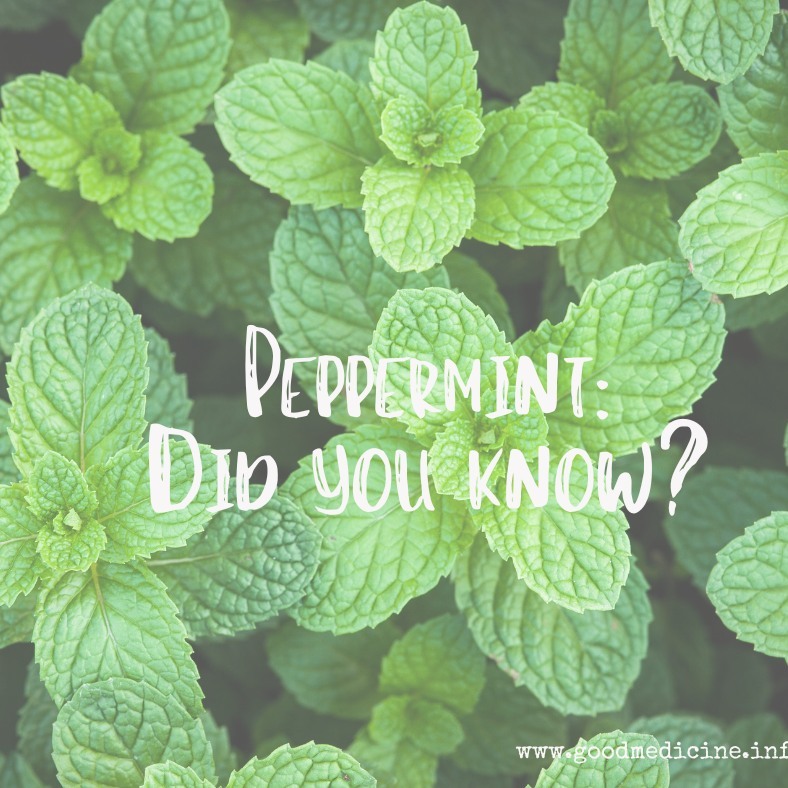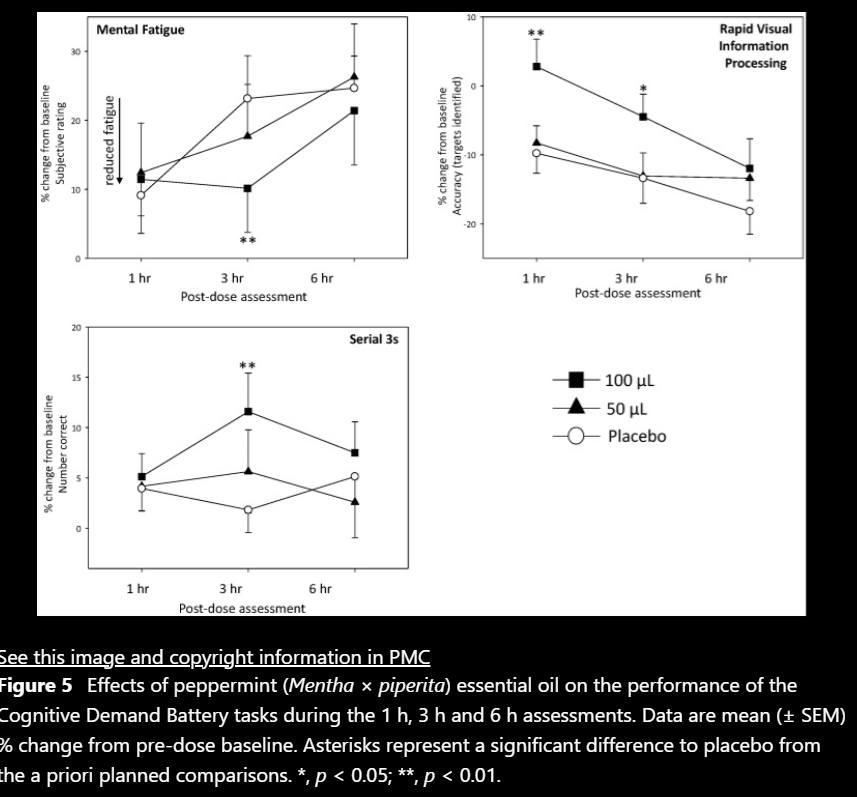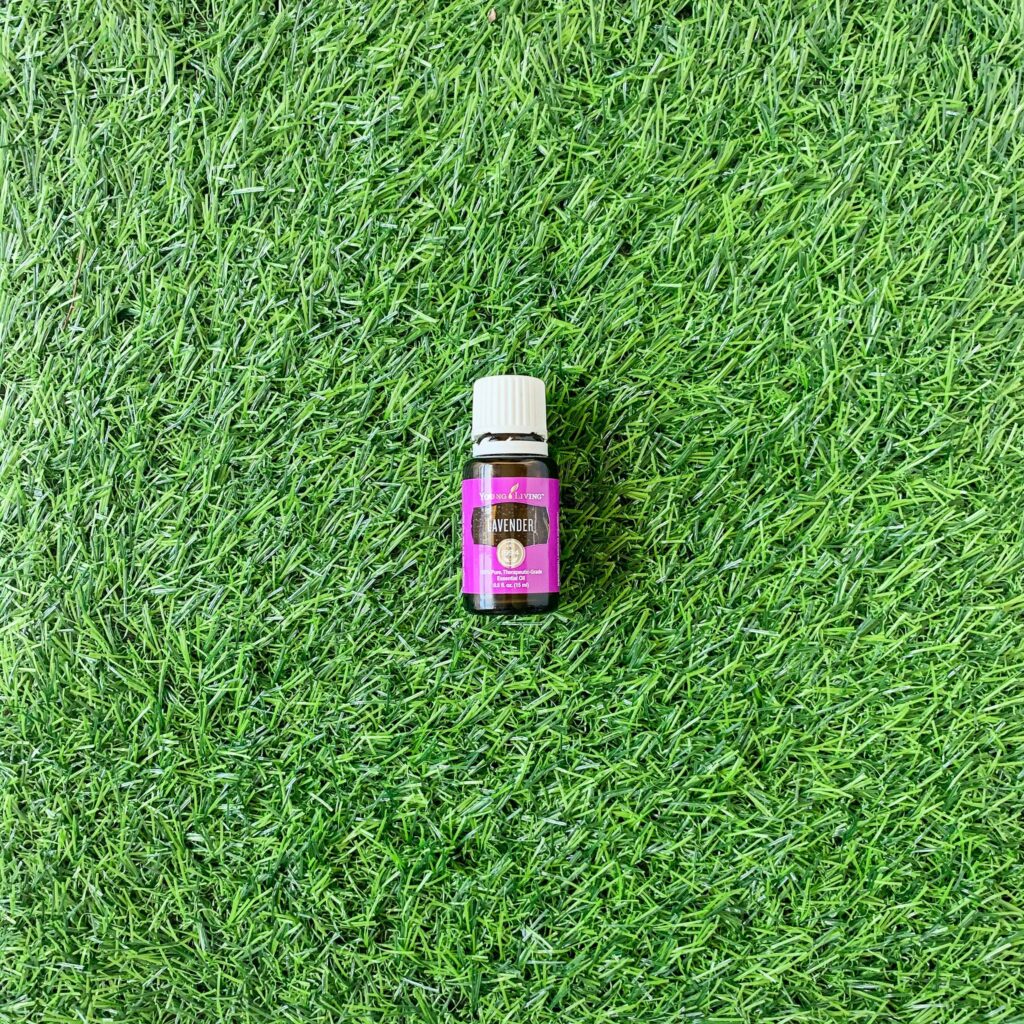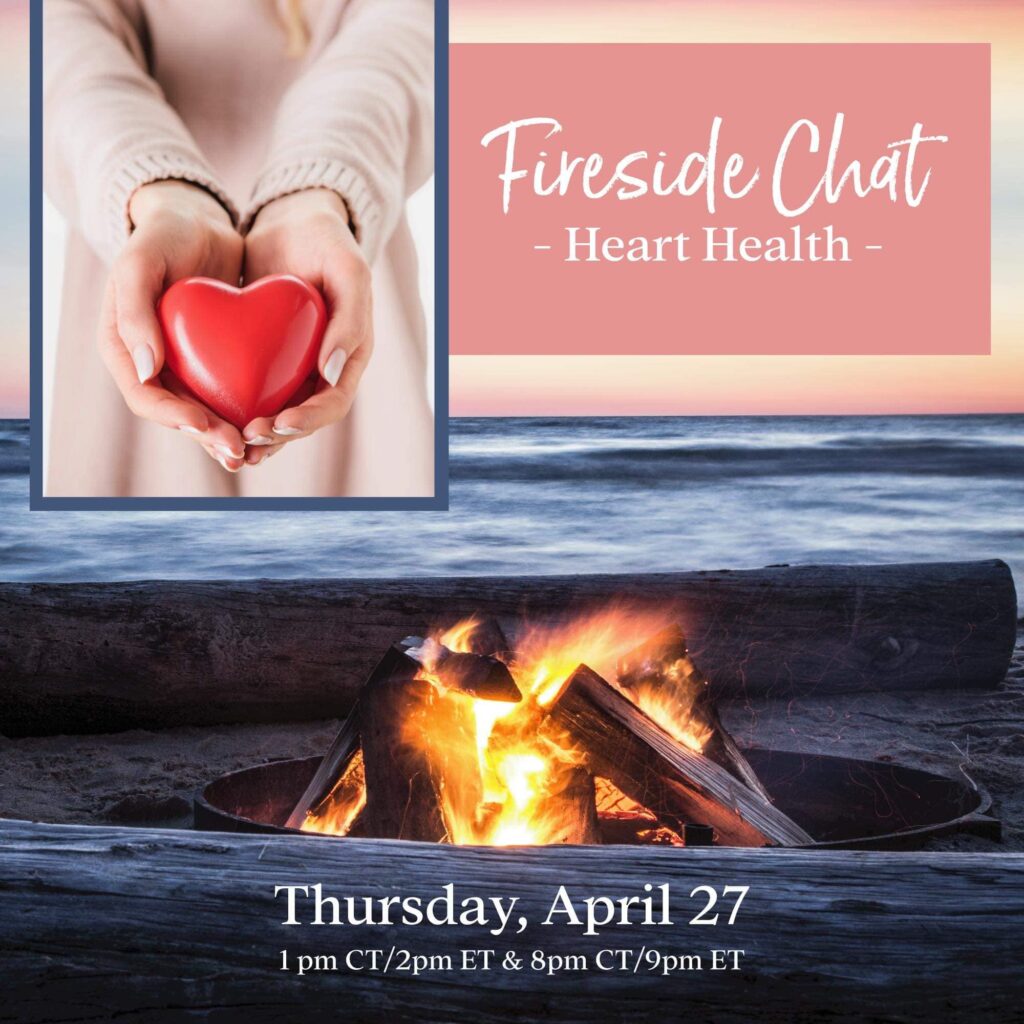
Question (and I’m truly curious): If a drug prevents 1 cardiovascular event for every 63 high-risk cardiovascular patients every 3 years, but it costs $400 a month, and while on it:
(for someone with crazy good math skills, I’d love to know the overall benefits versus risk ratio on this pharmaceutical story problem! 
 …. might even want to send you a thank you gift because my curiosity is THAT piqued! )
…. might even want to send you a thank you gift because my curiosity is THAT piqued! )
…….. would you take it? 
If this condition could instead be managed with intentional lifestyle changes (and you were made aware of that) which included decreasing BMI and lowering chronic inflammation in the body, would doing so be worth it?




